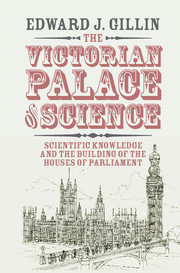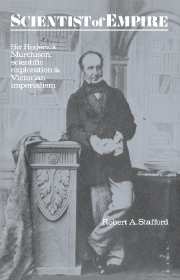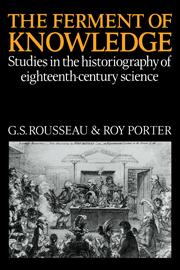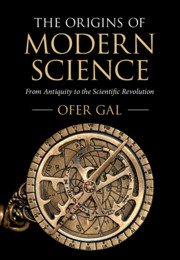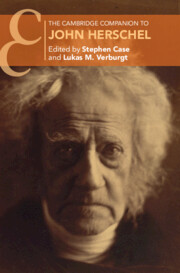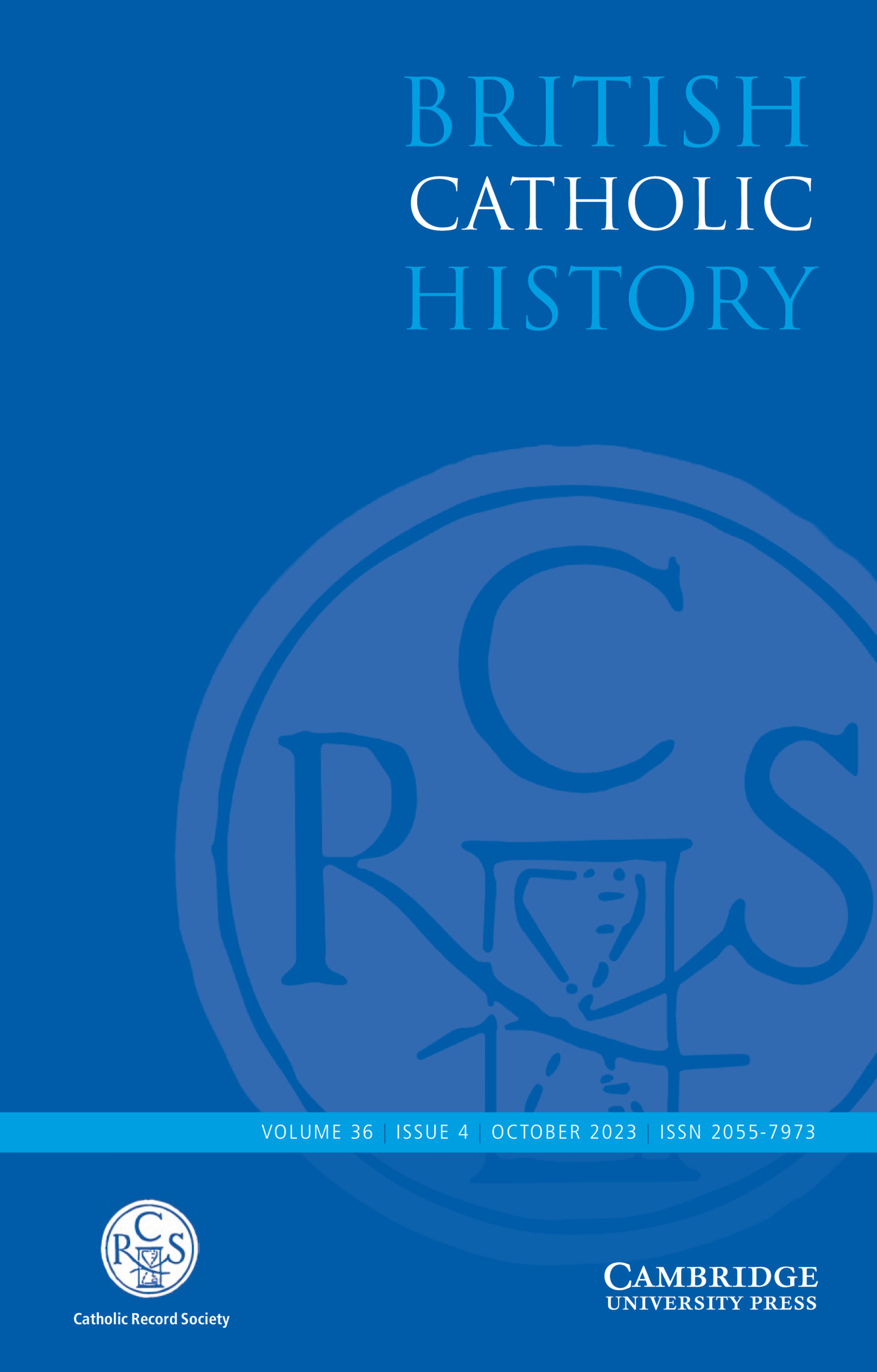The Victorian Palace of Science
The Palace of Westminster, home to Britain's Houses of Parliament, is one of the most studied buildings in the world. What is less well known is that while Parliament was primarily a political building, when built between 1834 and 1860, it was also a place of scientific activity. The construction of Britain's legislature presents an extraordinary story in which politicians and officials laboured to make their new Parliament the most radical, modern building of its time by using the very latest scientific knowledge. Experimentalists employed the House of Commons as a chemistry laboratory, geologists argued over the Palace's stone, natural philosophers hung meat around the building to measure air purity, and mathematicians schemed to make Parliament the first public space where every room would have electrically-controlled time. Through such dramatic projects, Edward J. Gillin redefines our understanding of the Palace of Westminster and explores the politically troublesome character of Victorian science.
- Provides a dramatic new interpretation of the Palace of Westminster, probably the most studied Victorian building in architectural history
- Makes an original case for the role of science in politics in Victorian Britain
- Presents a unique combination of the histories of science, architecture, and politics
Reviews & endorsements
'This is in an important intervention in architectural history, and a successful challenge to histories of the Palace of Westminster, and architectural histories more generally, that are preoccupied with aesthetics and style. It is also a significant contribution to the history of science, not just because of the new story it tells, but in the way it expands on the work of Joe Bord to show how contested notions of science permeated governing approaches during the age of reform.' Martin Spychal, Parliamentary History
Product details
June 2019Paperback
9781108411615
341 pages
229 × 151 × 17 mm
0.4kg
39 b/w illus.
Available
Table of Contents
- Introduction
- 1. A radical building: the science of politics and the new Palace of Westminster
- 2. Architecture and knowledge: Charles Barry and the world of mid-nineteenth-century science
- 3. 'The Science of Architecture': making geological knowledge for the Houses of Parliament
- 4. Chemistry in the Commons: Edinburgh science and David Boswell Reid's ventilating of Parliament, 1834–1854
- 5. Enlightening Parliament: the Bude Light in the House of Commons and the illumination of politics
- 6. Order in Parliament: George Biddell Airy and the construction of time at Westminster
- Conclusion: the house of experiment.

